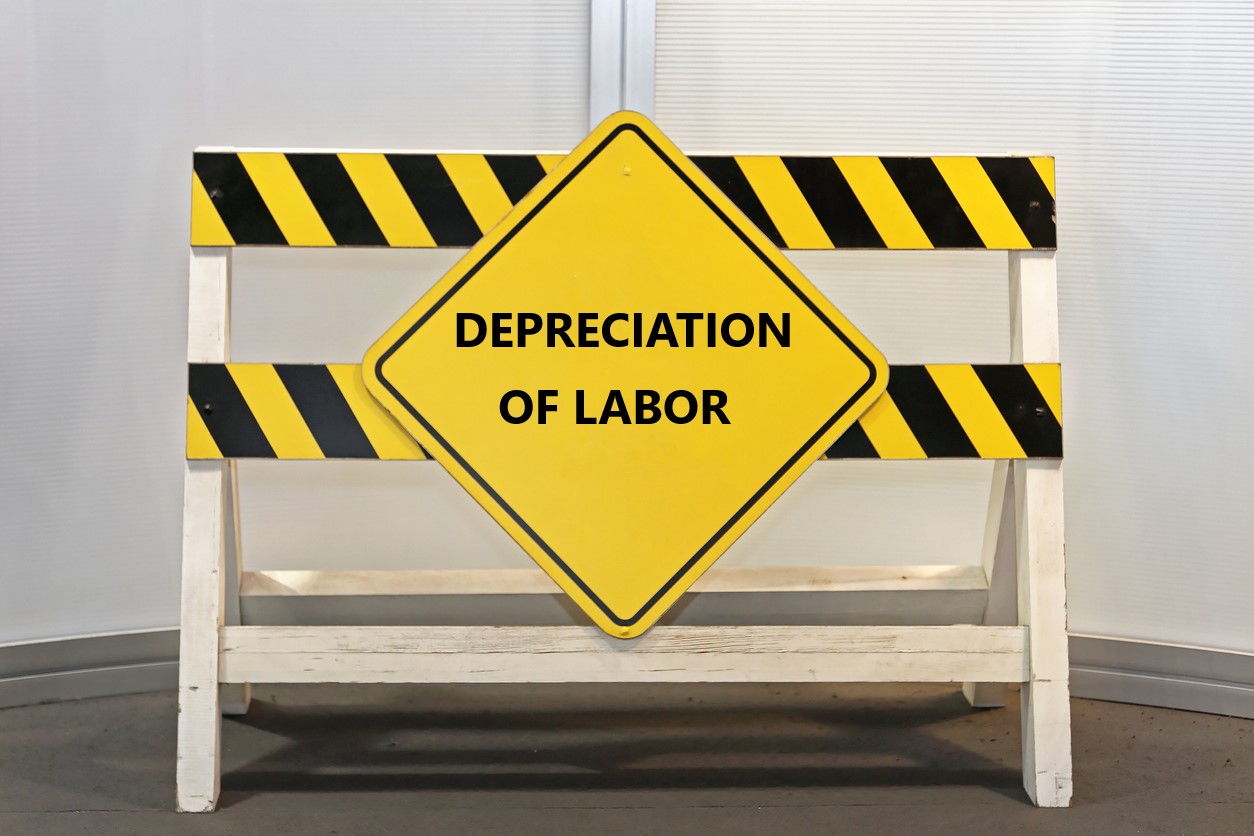On March 30, 2020, the United State Court of Appeals for the Fifth Circuit issued an opinion in Mitchell v. State Farm Fire & Casualty Company,1 on the interpretation of the term “Actual Cash Value.”
The case originated in the Northern District of Mississippi, where the district court denied State Farm Fire & Casualty Insurance Company’s (“State Farm”) motion to dismiss the plaintiff’s breach of contract claim, finding that labor should not have been depreciated.2
In the spring of 2017, Loraine Mitchell’s Mississippi home was damaged by a storm. She notified State Farm of the damage and made a claim under the policy. State Farm sent a claims adjuster to inspect the damage, who confirmed that it was covered by the policy and prepared an estimate for the cost of repair. Mitchell received a payment from State Farm for $646.19. State Farm estimated that the cost to replace the roof would be $3,246.42 and that depreciation amounted to $1,600.23. Her deductible was $1,000. Thus, Mitchell’s ACV payment was calculated as $3,246.42 minus $1,600.23 minus $1,000, for a net final total Actual Cash Value of $646.19.
The homeowners insurance policy State Farm issued to Mitchell referred to “Actual Cash Value” (ACV) but had no further definition of the term. Both Mitchell and State Farm agreed that ACV is calculated by taking the cost of replacing a damaged portion of a home and subtracting depreciation from that total cost. The parties dispute involves what costs of the loss should be depreciated.
State Farm argued that in calculating the ACV payment, depreciation may be applied to the total amount necessary to replace Mitchell’s roof, and depreciated both the cost of materials and the cost of the labor. Mitchell, by contrast, argued that only the cost of physical materials should be depreciated, not the cost of labor. The Fifth Circuit, affirming the district court’s ruling, held that in that context where the term ACV is not defined, both interpretations are reasonable and held the insurance contract was ambiguous.
The court applied Mississippi’s interpretive canons, which provides that an ambiguous insurance contract is interpreted against the insurance company:3
Under Mississippi law, ‘ambiguity and doubt in an insurance policy must be resolved in favor of the insured.’ Bellefonte Ins. Co. v. Griffin, 358 So. 2d 387, 390 (Miss. 1978) (citations omitted). Thus, if the meaning of ‘Actual Cash Value’ in Mitchell’s policy can reasonably be interpreted in two different ways, we will resolve that ambiguity in favor of the reasonable interpretation more favorable to Mitchell.
The court explained Mitchell’s definition of ACV was reasonable:4
Since Mitchell’s interpretation of ‘Actual Cash Value’ must prevail if the term is ambiguous, we need only determine whether Mitchell’s interpretation is a reasonable one—not necessarily the most reasonable. See State Farm Mut. Auto. Ins. Co. v. Scitzs, 394 So. 2d 1371, 1372 (Miss. 1981). We find that her definition is reasonable, because it restores an insured to her status at the moment before the damage occurred. In our example, it would give an insured $2,500 to spend on shingles and $5,000 to spend on labor to install them. Cf.
Hicks v. State Farm Fire & Cas. Co., 751 F. App’x 703, 709 (6th Cir. 2018) (‘[D]epreciating labor does not make the policyholder whole but rather frustrates the indemnity purpose of [Actual Cash Value] coverage . . . [because] ‘the cost of labor to install a new garage would be [the] same as installing a garage with 10 year old materials.’) (citation omitted).
Placing a homeowner in a position identical to the one she was in before the damage to her property accords with Mississippi’s definition of Actual Cash Value as ‘the cost of replacing damaged or destroyed property with comparable new property, minus depreciation and obsolescence.’ Miss. Code Ann. § 83-54-5(a) (emphasis added). Mitchell’s definition, which results in paying the costs necessary to place a homeowner in the status quo ante, is reasonable.
Several other courts interpreting the term ‘Actual Cash Value’ where ‘Actual Cash Value’ is defined as ‘cost of replacement less depreciation’ have reached the same conclusion. See, e.g., Hicks, 751 F. App’x at 710; Lammert v. Auto-Owners (Mut.) Ins. Co., 572 S.W. 3d 170, 178 (Tenn. 2019); Adams v. Cameron Mut. Ins. Co., 430 S.W. 3d 675, 679 (Ark. 2013), superseded by statute, Ark. Code Ann. § 23-88-106(a)(2).
State Farm’s definition of ACV instead views ‘depreciation’ as the reduction in the appraised or market value of the roof prior to the damage. This definition may be reasonable as well. But it is not so singularly compelling as to make Mitchell’s definition of ACV unreasonable. We resolve the dispute in favor of Mitchell under the canon that ‘ambiguity and doubt in an insurance policy must be resolved in favor of the insured.’ Bellefonte, 358 So. 2d at 390. We therefore affirm the district court’s denial of State Farm’s motion to dismiss Mitchell’s breach of contract claim.
Recently, courts nationwide have issued opinions on the topic of depreciation of labor as we have noted:
https://www.propertyinsurancecoveragelaw.com/2020/03/articles/insurance/hot-off-the-insurance-law-coverage-press-do-not-depreciate-labor-to-arrive-at-actual-cash-value/
https://www.propertyinsurancecoveragelaw.com/2020/03/articles/court-opinion/another-court-ruling-on-improper-depreciation-of-labor/
https://www.propertyinsurancecoveragelaw.com/2020/03/articles/insurance/does-north-carolina-allow-depreciation-of-labor-when-determining-actual-cash-value/
For even more discussion of actual cash value, check out Chip Merlin’s Tuesday at 2 Facebook Livestream last week where he discussed the issues of replacement cost and actual cash value.
______________________________
1 Mitchell v. State Farm Fire & Cas. Co., No. 18-60776 (5th Cir. Mar. 30, 2020).
2 Mitchell v. State Farm Fire & Cas. Co., 335 F.Supp.3d 847 (N.D. Miss. 2018).
3 Mitchell v. State Farm Fire & Cas. Co., No. 18-60776 (5th Cir. March 30, 2020) at 6. Footnotes omitted.
4 Id. at 7-9. Footnotes omitted. Emphasis added.




